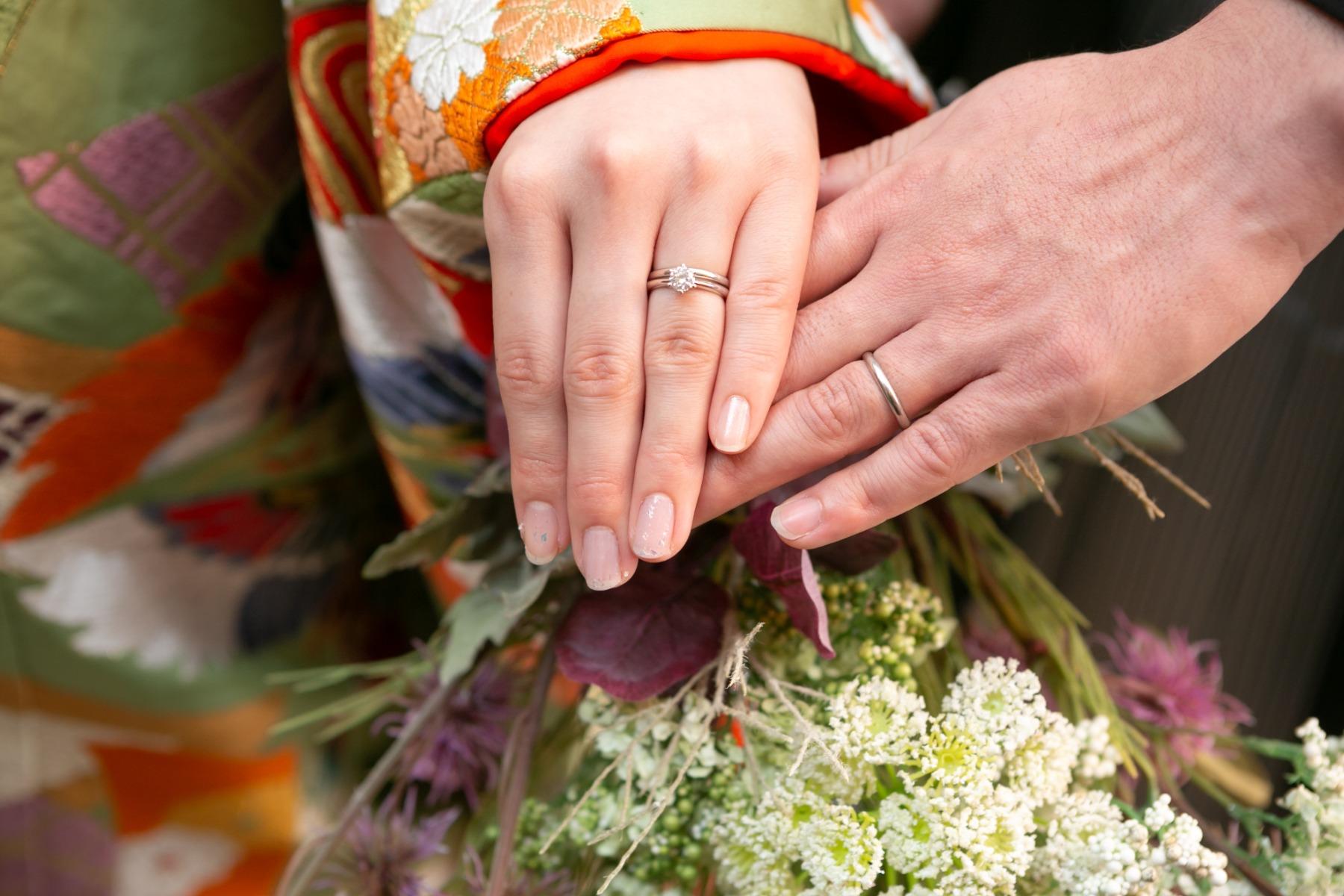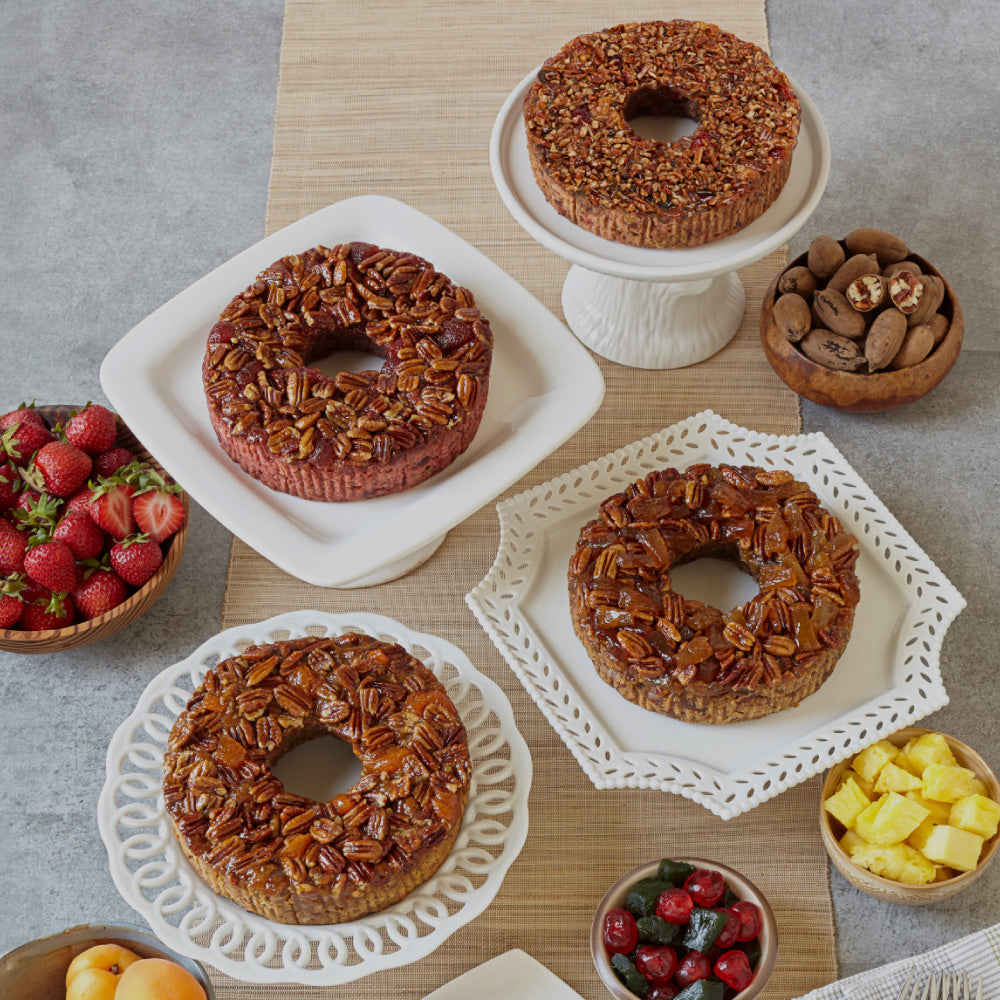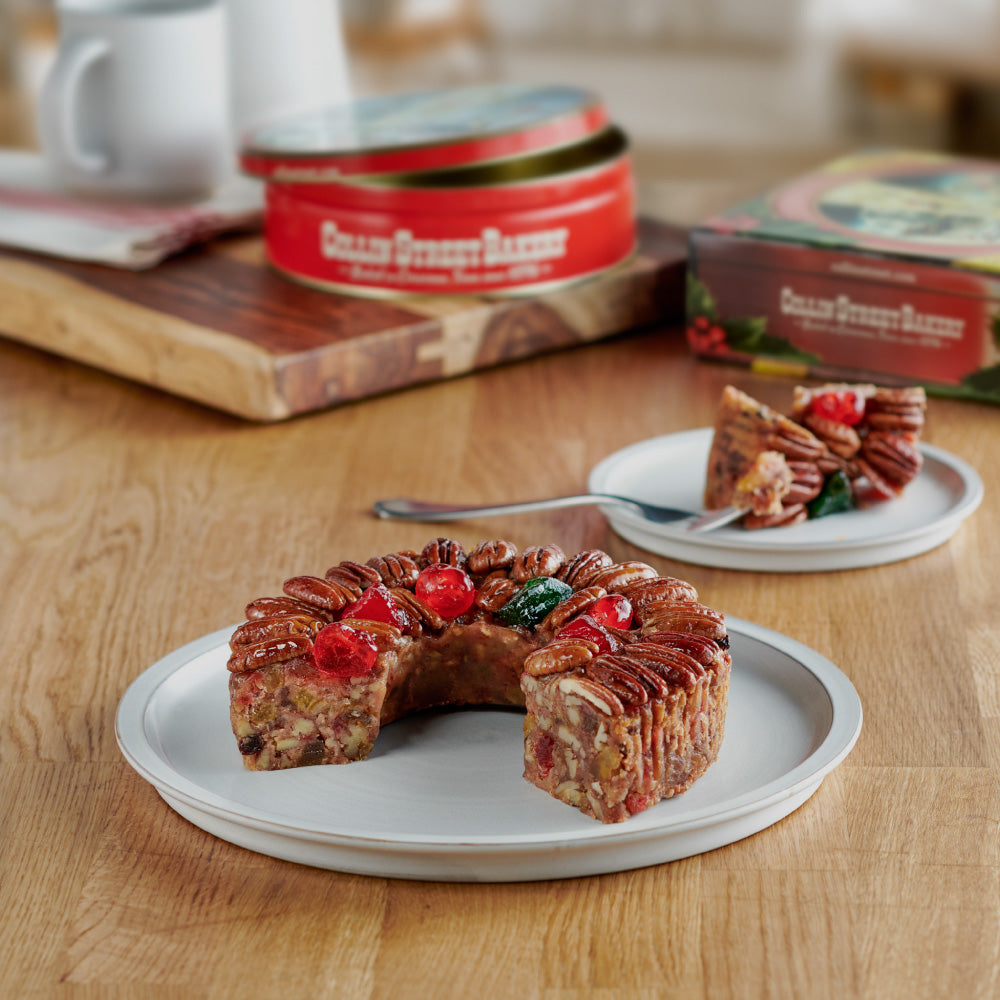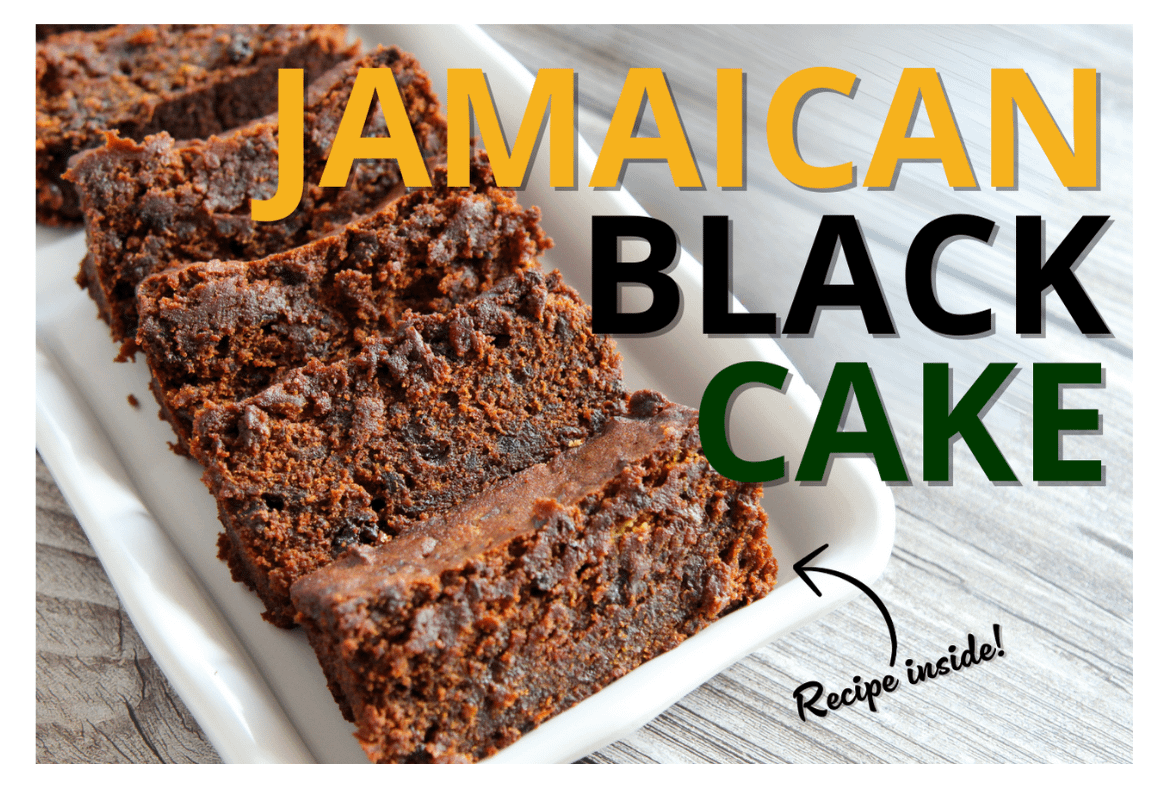An Asian Adaptation to a Classic European Cake
In the delightful realm of global desserts, Japanese fruitcake emerges as a totally unique and flavorful creation. Quite unlike any other fruitcake, this Asian adaption of the European delicacy is surprisingly light. With a decades-long history leading to its inception, this dessert’s saga is just as vibrant and intricate as the flavors in each bite. Join us as we embark on an immersive exploration of the origins and characteristics of Japanese fruitcake, drawing comparisons to its Western counterpart, unraveling the intricate tapestry of when and how it's enjoyed, and uncovering the deep-rooted traditions surrounding this delectable treat.

Los Angeles County Museum of Art, Herbert R. Cole Collection (M.84.31.332), www.lacma.org
Origins & Cultural Significance
To understand how Japanese Fruitcake originated, we must first understand the cultural and political landscape from which it was born. So, stick with us as we wind our way through a bit of history. We begin in Japan’s Edo period, also known as the Tokugawa period (1703 - 1867). At this time, Japan was led by a series of determined, hereditary military dictators, known as shoguns, who wielded authority and power through a style of governmental leadership called shogunate.
The shogunate captured and maintained social order through the means of a rigorously tight social hierarchy or caste system, which was enforced through a series of strict requirements and the persistent collection of rice taxes. Both greatly limited the cultural or economic upward mobility of the majority of classes and helped perpetuate the consolidation of wealth in the hands of the shoguns.
This era also included the policy of sakoku, or “closed country.” Largely stemming from Japan’s mistrust of foreign influence and its desire to maintain stability within the country, sakoku banned any diplomatic or trade relations with most of the world’s countries. Only two countries avoided the ban—the Netherlands and China. Restricted contact was not just limited to governmental relations; Japanese citizens were also prohibited from traveling overseas. Therefore, the policy of isolation had a two-pronged effect on both cultural and economic development.
Cultural & Economic Impacts of Sakoku
Japan experienced a dual period of limited cultural growth and rich cultural deepening. Because Japan had a lack of exposure to new ideas, technologies, and artistic influences flourishing in other parts of the world, the country experienced a degree of cultural stagnation. Conversely, the lack of influence encouraged traditional arts, literature, and the study of Confucianism to thrive, leading to the development and refinement of distinctly Japanese cultural practices.
Economically, the lack of international trade prompted the growth of domestic trade and domestic reliance within Japan. Farmers focused on meeting internal demands, which led to increased agricultural productivity. As a result, this period saw a flourish in domestic markets as well as a slight rise in both merchant and rural classes.

Reception by the Meiji Emperor of the Second French Military Mission to Japan, 1872
The Era of Sakoku Comes to an End
Several key events and shifts in Japan's political and social landscape contributed to the dissolution of sakoku. One of the pivotal moments was the arrival of Western powers on Japan's shores. In 1853, a persuasive US Navy Commodore by the name of Matthew Perry appeared in Japan’s Edo Bay. On behalf of the United States government, he demanded Japan open its ports to foreign trade. Japan eyed Perry’s fleet of technologically advanced vessels and realized their isolation had stunted their military’s growth, leaving them vulnerable. Suddenly realizing their technological inferiority posed a direct threat to the nation's security, the Tokugawa shogunate recognized the need to modernize and strengthen its defenses.
Perry’s visit also coincided with the Japanese people’s demand for massive social reform. Economic disparities and social discontent, coupled with widespread dissatisfaction with the Tokugawa shogunate's handling of foreign affairs, meant Japan was headed for change.
Reform finally took hold in 1868 in the form of the Meiji Restoration. The restoration overthrew the Tokugawa shogunate and restored imperial rule under Emperor Meiji. It also saw the abolition of the samurai class, symbolizing the dismantling of the traditional feudal system. The samurai, who were closely associated with the sakoku era, saw their privileges diminish while the Meiji government moved to create a more centralized and unified nation-state.
The new Meiji government also embraced Western political, economic, and military institutions, believing that adopting Western models would enable Japan to catch up with the advancements of the industrialized world.
Fun History Fact
The film "The Last Samurai" is set during the Meiji Restoration. While it doesn't specifically focus on the Sakoku era, it does capture the profound changes and conflicts that arose during the transition from isolation to accessibility—specifically, the clash of traditional Japanese values with the influx of Western influences.

Japanese Fruitcake Makes It’s Debut
As the nation opened its doors to the world, it embraced Western influences. Technological, political, economic, and cultural changes took hold rapidly; cuisine was no exception to this change. Much like how Jamaican Black Cake came to be, Western baking techniques fused with local ingredients to create brand-new recipes. This harmonious blend gave birth to Japanese fruitcake, a unique dessert that marries the rich, dense texture of fruitcake with the subtle elegance of Asian flavors.
While the specific origins and the person responsible for creating Japanese fruitcake may not be documented, its cultural significance lies in its representation of culinary fusion and the ever-evolving nature of global cuisine. The blending of traditional Western desserts with Japanese flavors reflects the dynamic and creative spirit of contemporary culinary practices.
How Japanese Fruitcake Compares to Traditional Fruitcake
Unlike its Western counterpart, Japanese fruitcake features a distinctive combination of ingredients, showcasing the meticulous attention to balance and detail characteristic of Japanese culinary artistry. Common elements include an array of dried fruits such as apricots, persimmons, and figs, along with Japanese staples like sweet red beans (anko) and chestnuts. The use of delicate spices, such as yuzu zest or matcha powder, adds a layer of complexity to the flavor profile, creating a symphony of tastes that sets Japanese fruitcake apart from its European predecessors.
While traditional fruitcake often carries a reputation for being dense and heavily laden with candied fruits and nuts, Japanese fruitcake adopts a more nuanced approach. The Japanese variation tends to be lighter, with a focus on preserving the natural sweetness of the fruits. Additionally, the incorporation of Japanese ingredients imparts a subtle umami and earthiness, providing a delightful contrast to the sweetness of the cake.

When & How Japanese Fruitcake is Enjoyed
Japanese fruitcake, much like its Western counterpart, is not confined to a specific time of year but is rather enjoyed throughout various seasons. However, it holds particular significance during celebratory occasions such as weddings, New Year's festivities, and other joyous events. Its elegant and refined presentation makes it a popular gift, symbolizing good fortune and happiness. The cake is often sliced into small, bite-sized portions, emphasizing the Japanese cultural appreciation for delicate and mindful eating. It is not uncommon to find Japanese Fruitcake served alongside green tea, enhancing the overall experience with a perfect balance of flavors.
Like many cultures, the act of gift-giving is common. But in Japan, the tradition of giving gifts is much more deeply emphasized.Therefore, gifting Japanese fruitcake to honored individuals has become both a symbol of thoughtfulness and goodwill. During weddings, it is customary for guests to receive a small, beautifully wrapped package containing this delectable treat. The gesture is seen as a wish for a sweet and fruitful life ahead. Additionally, during New Year's celebrations, Japanese families often gather to enjoy special foods, and Japanese fruitcake makes a delightful appearance on these festive tables. Its presence symbolizes the hope for a sweet and prosperous upcoming year.
Try Making One Yourself!
Interested in comparing the two styles of cake? Then try this simple Japanese fruitcake recipe. With the optional choice of adding a delightful twist of matcha flavor, this fruitcake recipe is a delightful fusion of traditional and modern flavors, making it a perfect treat for various occasions.
Japanese Fruitcake
Servings: 10 - 12
Prep Time: 20 - 30 minutes
Active Cooking Time: 45 - 55 minutes
INGREDIENTS
2 cups mixed dried fruits (apricots, figs, raisins, etc.)
1 cup unsalted butter, softened
1 cup granulated sugar
4 large eggs
2 cups all-purpose flour
1 teaspoon baking powder
1/2 teaspoon baking soda
1/4 teaspoon salt
1/2 cup plain yogurt
1 tablespoon matcha powder (green tea powder—optional)
1 teaspoon vanilla extract
Zest of one orange
1/2 cup chopped nuts (optional)
STEP 1 - Prepare the Dried Fruits
Chop the mixed dried fruits into small, bite-sized pieces. Place the chopped fruits in a bowl and soak them in hot water for about 15 minutes. Drain and set aside.
STEP 2 - Preheat the Oven
Preheat your oven to 350°F (180°C). Grease and flour a bundt pan or a rectangular cake pan.
STEP 3 - Cream Butter & Sugar
In a large bowl, cream together the softened butter and granulated sugar until light and fluffy.
STEP 4 - Add Egg
Add the eggs one at a time, beating well after each addition.
STEP 5 - Sift Dry Ingredients
In a separate bowl, sift together the all-purpose flour, baking powder, baking soda, and salt.
STEP 6 - Matcha Mixture
In a small bowl, mix the matcha powder with a tablespoon of hot water to form a paste. Add the matcha paste (if desired), plain yogurt, and vanilla extract to the butter-sugar-egg mixture. Mix until well combined.
STEP 7 - Combine Wet & Dry Ingredients
Gradually add the sifted dry ingredients to the wet ingredients, mixing until just combined.
STEP 8 - Fold in Fruits & Nuts
Gently fold in the soaked dried fruits, orange zest, and chopped nuts (if using) into the batter.
STEP 9 - Bake
Pour the batter into the prepared pan and smooth the top. Bake in the preheated oven for about 45-55 minutes or until a toothpick inserted into the center comes out clean.
STEP 10 - Cool & Serve
Allow the cake to cool in the pan for 10-15 minutes, then transfer it to a wire rack to cool completely.
STEP 11 - Optional Glaze
For an extra touch, drizzle over the cake a simple glaze of powdered sugar and orange juice.
STEP 12 - Slice & Enjoy
Once the glaze has set, slice the Japanese fruitcake and savor the unique flavors of matcha and the sweetness of the dried fruits.
Final Fruitcake Thoughts
Japanese fruitcake stands as a testament to the beauty of culinary fusion, blending the rich history of traditional fruitcake with the elegance and precision of Japanese gastronomy. Its delicate flavors, cultural significance, and adaptability make it a captivating addition to the global tapestry of desserts. As we savor the nuanced tastes and appreciate the cultural traditions woven into each bite, Japanese fruitcake invites us to celebrate the harmony that arises when diverse culinary worlds come together in a delightful and harmonious creation.
Looking to snack on something a bit more familiar? Of course, there’s always our DeLuxe® Fruitcake! Available in a variety of styles and sizes, our DeLuxe® is a must-try Texas treat that’s bound to tantalize your tastebuds. Shop our full selection of DeLuxe® Fruitcakes today!











Leave a comment
This site is protected by hCaptcha and the hCaptcha Privacy Policy and Terms of Service apply.